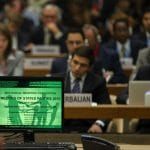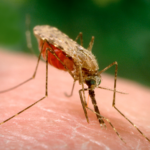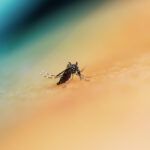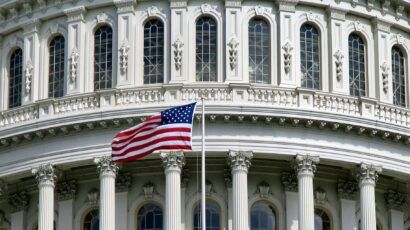Scientists are the best judge of research risks, but they need support
By Weiwen Zhang, Leifan Wang | June 12, 2024
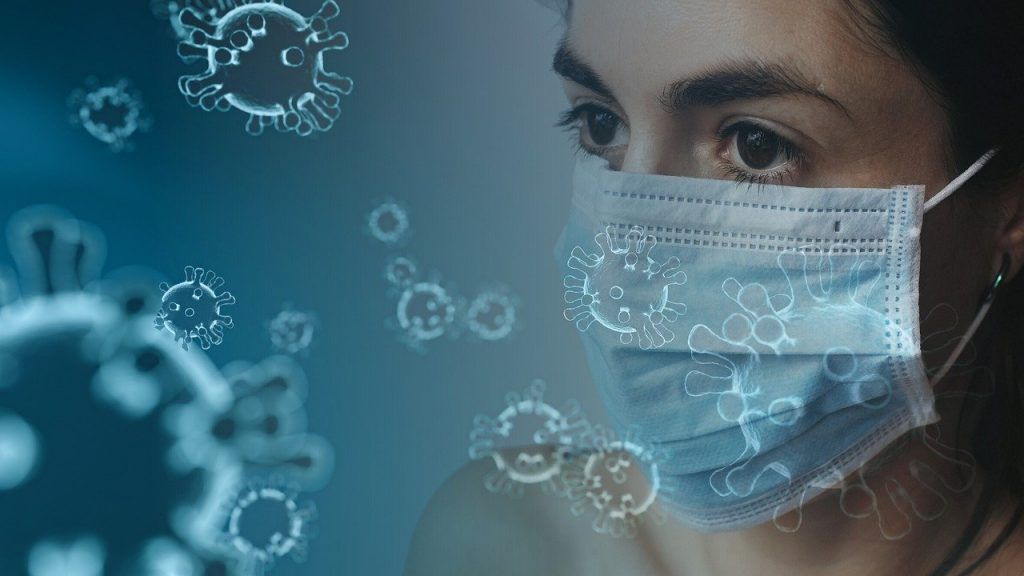 Image courtesy of Pixabay
Image courtesy of Pixabay
Editor’s note: This article is part of a collection of expert commentaries. You can read the rest of the series here.
Scientific progress in synthetic biology, artificial intelligence, and other disruptive technologies has allowed for the development of new medical countermeasures and disease surveillance capabilities. At the same time, this progress has created new opportunities for the misuse of research in ways that could cause devastating harm in an increasingly interconnected world. Research involving the “enhancement” of potential pandemic pathogens (PPP) poses a great threat to public health due to the possibility of mishaps or misuse—say, malicious actors using the study results to cause harm through the development of a bioweapon. The global suffering from the COVID-19 pandemic should cause governments and the research community around the world to take decisive actions to deal with the risks.
But regulators face a “pacing” problem. Regulatory measures lag behind progress in these domains, both within a nation and between nations. This is particularly a problem with enhanced potential pandemic pathogen research, often called “gain of function” research. It would be ideal, if regulatory agencies could initiate a credible risk-assessment and risk-mitigation plan before research that potentially involves pathogens with enhanced virulence or transmissibility is begun. But regulatory agencies are normally not equipped to satisfactorily assess potential risks in a way that allows them to draw a clear line curtailing projects that are too risky.
Because of scientific uncertainty, judging the risks of proposed pathogen research can be difficult. Sometimes, the risks of the research have not been verified empirically. Also, different points of view among regulators or researchers can cloud the regulatory picture. Perhaps ironically, a government agency seeking to impose as little of a burden on researchers as possible might decide for itself that a virus being studied for its potential spillover risk does not warrant special regulatory attention because it has not yet spilled over. It would seem then that scientists who work in this realm of research are in the best position to assess risks, prepare mitigation measures, and detect problems.
Several recent initiatives have articulated ethical principles and toolkits to harness the power of science and innovation, including potential pandemic pathogen research. The Bulletin’s Pathogens Project task force’s report A framework for Tomorrow’s Pathogen Research provided specific recommendations to ensure research with pandemic risks is safe, secure, and responsible. The World Health Organization (WHO)’s 2022 Global guidance framework for the responsible use of the life sciences highlighted the concept that scientists constitute the first line of control for assessing, preventing, and mitigating risks, explaining that they have a professional responsibility to consider and mitigate risks that stem from the knowledge, products, or technologies that they develop. The Tianjin Biosecurity Guidelines for Codes for Scientists also identified a set of 10 guiding principles and standards of conduct for scientists to promote responsible science practice and strengthen biosecurity governance at various levels.
Beyond these frameworks, the WHO’s mobile app for biosafety risk assessment, a companion to the organization’s Laboratory Biosafety Manual, is an interesting example of a tool to help scientists conduct risk assessments. The International Biosecurity and Biosafety Initiative For Science (IBBIS) is promoting a free mechanism to screen synthetic nucleic acid orders to guard against potentially harmful DNA and RNA synthesized products falling into wrong hands.
Most scientists are occupied by their daily research activities. Engaging them so they incorporate relevant norms, tools, and mechanisms to proactively assess and mitigate the potential risks of their work can be challenging. It’s important to consider the incentives that affect scientists’ behaviors and choices. To some, invention or research success is all-or-nothing proposition. Within the scientific community, efforts need to be made to stress humanistic concerns, as well.
Owing to their responsibilities to both progress and humanity, scientists have a primary role in upholding a robust biosafety and biosecurity system to prevent, detect, and respond to existing and emerging biothreats, whether they are natural, accidental, or deliberate. Other key stakeholders, including national governments and the research community, should provide meaningful support so scientists to fulfill their responsibility as the field progresses.
Together, we make the world safer.
The Bulletin elevates expert voices above the noise. But as an independent nonprofit organization, our operations depend on the support of readers like you. Help us continue to deliver quality journalism that holds leaders accountable. Your support of our work at any level is important. In return, we promise our coverage will be understandable, influential, vigilant, solution-oriented, and fair-minded. Together we can make a difference.
Keywords: Pathogens Commentary
Topics: Biosecurity



